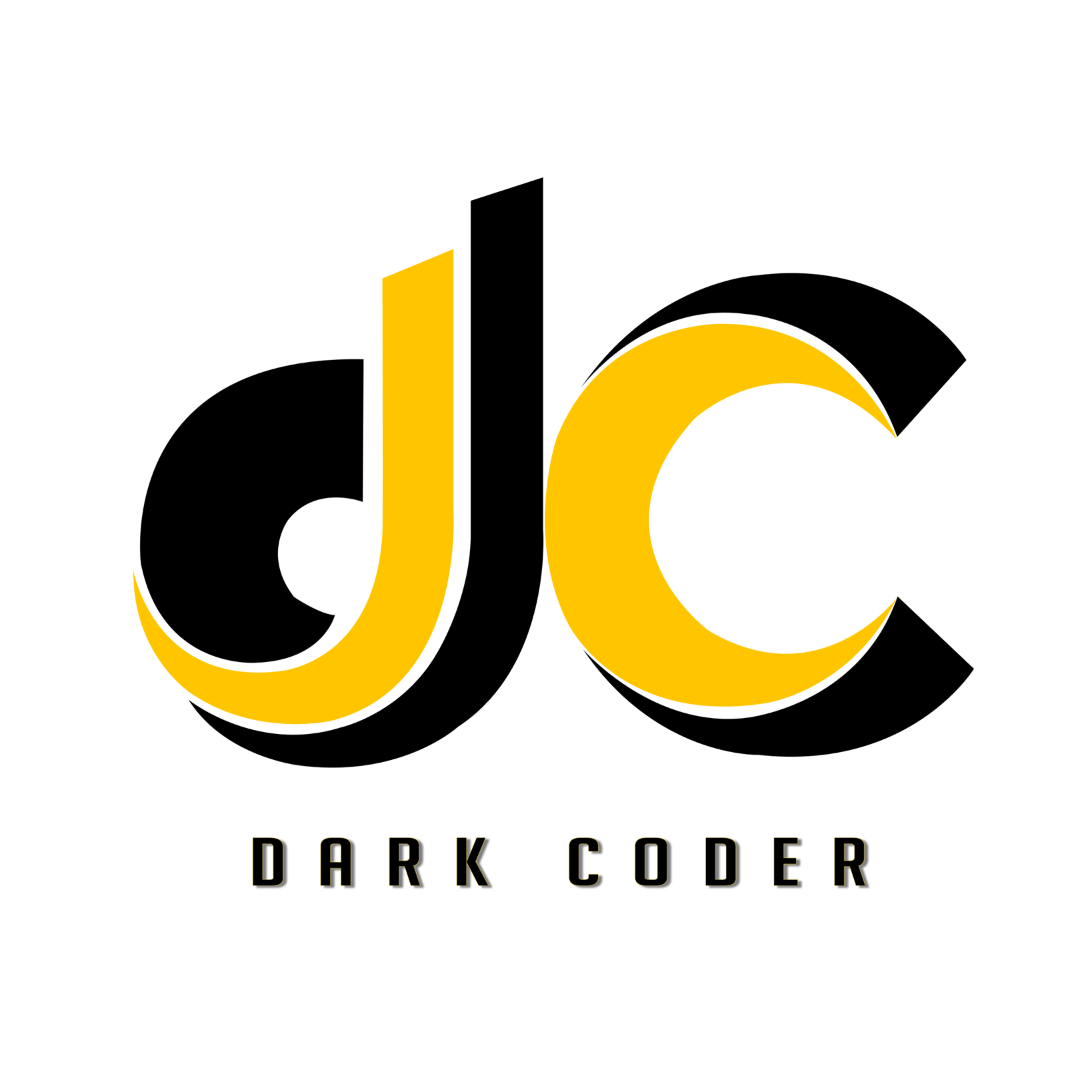A structure in C is a user-defined data type that can store a collection of different data types. Structures allow for creating of complex data types that can represent real-world objects or concepts. They are similar to classes in other programming languages, but unlike classes, structures in C do not have methods and are not objects.
Headings:
- Introduction to Structures in C Programming
- Syntax for Declaring a Structure
- Accessing Structure Members
- Structure Initialization
- Using Structures as Function Arguments
- Using Structures as Array Elements
- Nested Structures
- Conclusion
The syntax for declaring a structure:
struct struct_name {
type member1;
type member2;
...
type member_n;
} variable_name;
For example, you can create a structure to represent a point in 2D space:
struct point {
int x;
int y;
};
Accessing structure members: You can access the members of a structure using the dot operator (.) or the arrow operator (->).
struct point p1;
p1.x = 1;
p1.y = 2;
printf("x = %d, y = %d", p1.x, p1.y);
or
struct point *p2;
p2 = &p1;
p2->x = 3;
p2->y = 4;
printf("x = %d, y = %d", p2->x, p2->y);
You can initialize a structure using the following syntax:
struct point p1 = {1, 2};
or
struct point p2 = {.y = 2, .x = 1};
Structures can also be passed as function arguments:
void print_point(struct point p) {
printf("x = %d, y = %d", p.x, p.y);
}
int main() {
struct point p1 = {1, 2};
print_point(p1);
return 0;
}
Structures can also be used as array elements:
struct point points[10];
points[0].x = 1;
points[0].y = 2;
Nested Structures:
A structure can also contain another structure as a member.
struct rectangle {
struct point p1;
struct point p2;
};
In conclusion, structures are an important feature in C programming that allows the creation of complex data types that can represent real-world objects or concepts. They are similar to classes in other programming languages, but unlike classes, structures in C do not have methods and are not objects.
Some Common Questions about C Programming – Structures:
Q: what methods are used in C Programming – Structures?
Ans: Structures in C programming do not have methods, unlike classes in other programming languages. Structures are used to store a collection of different data types, and the data can be accessed using the dot operator (.) or the arrow operator (->). However, functions can be written to operate on structures, such as printing the contents of a structure or performing calculations using the data stored in the structure. These functions can be passed a structure as an argument and can then access and manipulate the data stored in the structure.
Q: Why is C Programming – Structures important?
Ans: Structures in C programming are important for several reasons:
-
Representing real-world objects: Structures allow the creation of complex data types that can represent real-world objects or concepts. For example, a structure can represent a point in 2D space, a rectangle, or a person’s contact information.
-
Organization of data: Structures allow for the organization of data into related groups, making it easier to understand and manage the data. This can improve the readability and maintainability of the code.
-
Data Abstraction: Structures can hide the implementation details of the data from the rest of the program, allowing for greater flexibility in the program’s design. This can make the program more modular and easier to modify.
-
Memory Management: Structures can improve memory management by grouping related data together and allocating memory in a single block. This can be more efficient than allocating memory for each data item.
-
Interaction with functions: Structures can be passed as function arguments, which allows functions to operate on the data stored in the structure. This can make the code more reusable and maintainable.
In summary, structures are an important feature in C programming that allows the creation of complex data types, organization of data, data abstraction, memory management, and interaction with functions.
You can visit this page for more Questions about C Programming – Structures.
